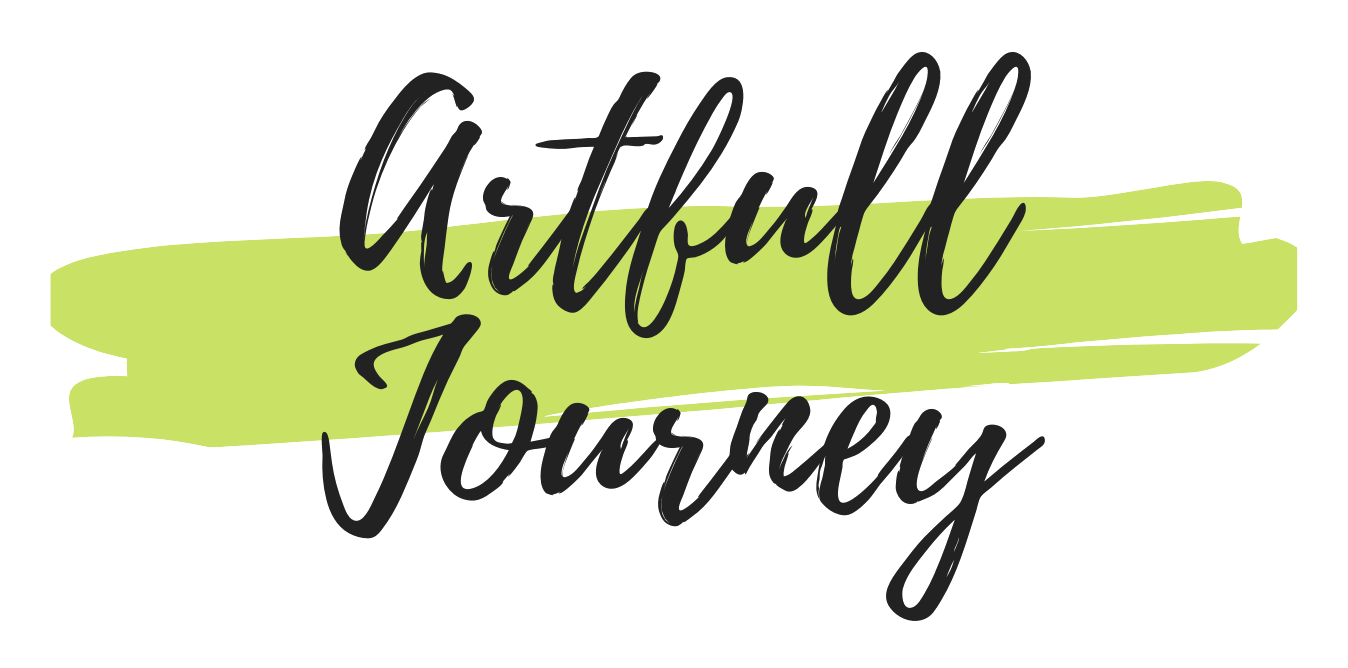In a fast-paced world where innovation drives progress, the ability to develop a creative process has become a cornerstone of success. Whether you’re an artist, entrepreneur, or professional, harnessing your creativity is essential for overcoming challenges and achieving your goals. But what exactly is the creative process, and how can you master it? This comprehensive guide delves into the intricacies of developing a creative process, exploring its stages, components, and the tools needed to unlock your full potential.

The 5 Stages of the Creative Process
The creative process is a structured journey that involves several key stages, each contributing to the development of an idea or concept. Understanding these stages can help individuals approach their creative endeavors more effectively. Below is a breakdown of the five primary stages:
- Preparation
- Definition : The initial phase involves gathering information, researching your topic, and clarifying your objectives.
- Action : Conduct thorough research, analyze competitors, and define your target audience.
-
Tools : Utilize resources like Artful Journey’s research guides and tools to streamline your preparation.
-
Incubation
- Definition : During this stage, ideas begin to form as you engage in creative thinking and explore possibilities.
- Action : Practice techniques like brainstorming, mind mapping, or taking walks to stimulate creativity.
-
Insight : Sometimes referred to as the “incubation” phase, where ideas gestate before becoming fully formed.
-
Illumination
- Definition : The moment of insight or “aha” when a solution or breakthrough occurs.
- Action : Stay open to unexpected connections and inspiration.
-
Example : A sudden realization that combines unrelated concepts to create something innovative.
-
Evaluation
- Definition : Assessing the viability and quality of your ideas.
- Action : Use criteria like feasibility, originality, and alignment with your goals.
-
Feedback : Seek input from peers or mentors to refine your ideas.
-
Implementation
- Definition : Turning your ideas into tangible outcomes.
- Action : Develop a plan, allocate resources, and execute your vision.
- Monitoring : Track progress and adjust as needed to ensure success.
By navigating these stages thoughtfully, you can enhance your creative output and achieve meaningful results. For further exploration, visit Artful Journey’s resources on mastering the creative process and discovering techniques to fuel your artistic growth.
The Process of Developing Creativity
The development of creativity is a multifaceted journey that can be broken down into distinct stages, each contributing uniquely to the creation of innovative ideas. Understanding these stages can help individuals enhance their creative abilities and foster a more productive mindset.
-
Preparation and Research :
The foundation of creativity lies in thorough preparation. Gathering relevant information and exploring diverse perspectives ensures that your mind is rich with potential solutions. This stage involves extensive research, whether through books, online resources, or personal experiences, to amass knowledge that can later be synthesized into creative concepts. -
Incubation :
After gathering information, the next step is incubation. During this phase, your subconscious mind processes the gathered information, often leading to spontaneous insights or “aha moments.” Techniques like taking walks, meditating, or even resting can facilitate this stage, allowing your mind to unconsciously work on the problem. -
Divergent Thinking :
Once incubation has sparked an idea, the next phase is divergent thinking. This is where you explore a wide array of possibilities without judgment. Techniques like brainstorming allow you to generate numerous ideas, many of which may seem unconventional or impractical at first. -
Convergent Thinking :
After generating a multitude of ideas, it’s essential to focus on the most promising ones. Convergent thinking involves evaluating and refining these ideas, discarding those that don’t align with your objectives or are impractical. This stage is crucial for turning raw ideas into viable solutions. -
Implementation :
Finally, creativity culminates in implementation. This stage involves translating your selected ideas into tangible outcomes. Whether it’s creating a prototype, seeking feedback, or refining your concept, execution is key to bringing your creative vision to life.
By understanding and systematically navigating these stages, individuals can significantly enhance their creativity, enabling them to tackle challenges with greater innovation and confidence.

The 8 Stages of the Creative Process
The creative process is a dynamic journey that involves several distinct phases, each contributing to the development of an idea or project. Below, we outline the 8 key stages of the creative process, providing insights into how ideas evolve from conception to realization.
-
Inspiration
Inspiration is the spark that ignites the creative fire. It’s the moment when an idea suddenly appears, often triggered by something unexpected, like a conversation, a book, or a walk in nature. At this stage, your role is to observe, explore, and absorb experiences that resonate with your inner creative spirit. -
Preparation
Once inspired, preparation is essential. This stage involves gathering materials, researching your subject, and setting up a conducive environment. Whether it’s sketching, planning, or organizing your workspace, preparation ensures that your ideas have a solid foundation to grow. -
Incubation
Incubation is the quiet phase where ideas simmer. It’s during this time that you reflect on your inspiration, experiment with different approaches, and let your mind wander. This stage is crucial because it allows your subconscious to process information and bring forth innovative thoughts. -
Drafting
Drafting is the physical manifestation of your ideas. It’s the point where you translate abstract concepts into tangible form. Whether it’s a sketch, a poem, or a prototype, drafting is about bringing your vision to life and testing its viability. -
Refinement
Refinement builds on the draft, refining and polishing your creation. This stage involves iterating on your work, seeking feedback, and making adjustments to enhance clarity, coherence, and impact. It’s about perfecting your piece until it truly resonates with your intended audience. -
Execution
Execution is the final step where your refined idea becomes a fully realized product or service. It requires dedication, skill, and sometimes problem-solving to overcome challenges. Execution is the moment of truth, where your creativity comes to life and impacts the world. -
Review & Reflection
After execution, it’s important to review your work and reflect on what worked well and what could be improved. This stage helps you identify strengths and weaknesses, providing valuable insights for future projects. -
Presentation
Finally, presentation shares your work with the world. Whether it’s through exhibitions, publications, or digital platforms, presenting your work is about telling your story and inspiring others. Effective presentation enhances the impact of your creation, helping it reach a wider audience.
By navigating these 8 stages thoughtfully, you can unlock your full potential and create meaningful, impactful work. Remember, every great journey begins with a single step, and the creative process is no exception.

What Are 4 Parts of the Creative Process?
The creative process can be broken down into four distinct phases, each serving a unique purpose in bringing an idea to life:
-
Preparation
- Research and gathering inspiration
- Analyzing the problem or topic
- Planning and outlining goals
-
Gathering necessary tools and resources
-
Idea Generation
- Brainstorming and exploring concepts
- Creating initial drafts or prototypes
- Experimenting with different approaches
-
Refining ideas based on feedback
-
Creation
- Executing the plan and developing the work
- Applying creativity and innovation
- Polishing details for quality and coherence
-
Ensuring alignment with objectives
-
Evaluation
- Assessing the completed work
- Receiving feedback and making adjustments
- Determining success metrics
- Reflecting on the process for future improvements
This structured approach ensures that each stage contributes to the overall success of the creative project, fostering innovation and achieving desired outcomes.
What are the 4 Cs of Creativity?
The 4 Cs of Creativity are essential principles that guide innovative thinking and problem-solving. Here’s a breakdown of each:
- Curiosity: The desire to explore new ideas, ask questions, and seek knowledge. Curiosity drives creativity by encouraging us to think outside the box and discover unique solutions.
- Courage: The willingness to take risks, step out of comfort zones, and face challenges. Courage is crucial for creativity as it allows individuals to embrace uncertainty and push boundaries.
- Critical Thinking: The ability to analyze, evaluate, and reflect on ideas. Critical thinking helps identify strengths and weaknesses, leading to more effective and innovative solutions.
- Collaboration: Working with others to combine diverse perspectives and skills. Collaboration fosters creativity by bringing in different viewpoints and ideas, leading to more robust and imaginative outcomes.

The 4 Ps of Creativity
The 4 Ps of creativity are a framework used to understand and enhance the creative process. They provide a structured approach to fostering innovation and originality:
-
Personal Experiences : Creativity is deeply influenced by individual experiences and backgrounds. Reflecting on past experiences can unlock unique perspectives and ideas.
-
Problem Solving : Creativity often involves addressing challenges and finding innovative solutions. Approaching problems from different angles can lead to breakthroughs.
-
Process : The creative process encompasses generating, developing, and refining ideas. Understanding and optimizing this process can significantly enhance creativity.
-
Presentation : Effective communication is essential. Presenting ideas clearly and persuasively can increase their impact and acceptance.
This framework encourages a holistic approach to creativity, considering both internal and external factors.




0 Comments